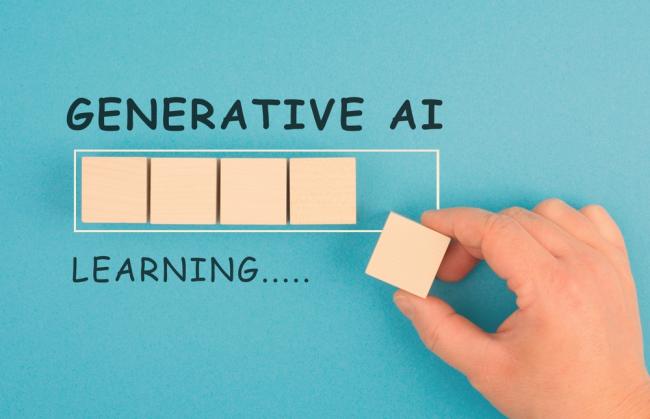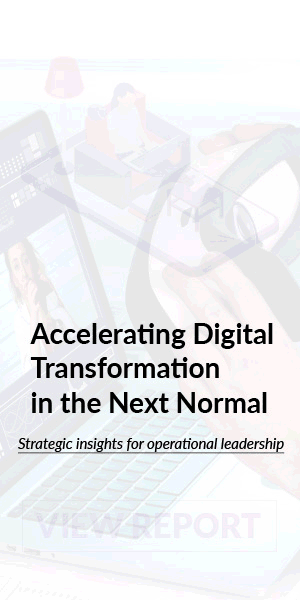Topics
Why Soft Skills Are Now Critical In the Workplace

In 2023, we still haven’t mastered the art of hiring for soft skills, even though they have garnered attention as unique and desirable since the U.S. Army coined the term in the late 1960s. At the time, “soft skills” referred to any skill that did not employ the use of machinery. These days it refers to the non-technical skills that are needed to relate to others in your job. Even when we include soft skills or less traditional competencies in job descriptions, it can be difficult to screen for them.
There’s hardly any agreement on what a soft skill is, but there’s increasing consensus that they are important at every level of your company. They are difficult to define and measure, so it’s not entirely your fault if you have a workforce lacking in some of the “softer” skills.
Even though soft skills are harder to quantify, and more subjective, you feel it when they are absent, and ultimately, your bottom line will be impacted if you don’t account for them. The good news is soft skills are trainable. If you’ve hired someone and it turns out they don’t quite have the people skills you’d hoped for, it’s not too late.
Three categories of soft skills that are commonly listed in one form or another as necessary for the workforce of today and in the future are: listening, digital savvy, and team building. Not mutually exclusive, in fact they are mutually reinforcing and contain a plethora of skill sets within each one.
Listening
Listening is fundamental to being a strong communicator, which can make better sales teams, customer service representatives, as well as coaches, i.e., the best kind of leaders. Yet, have you ever seen “listener” listed in a job description? Have you successfully identified a strong listener in a job interview? Maybe someone is able to parrot back what you said to them, but it takes more time with an individual than interviews can offer to really know whether someone is truly skilled at listening. In the 2023 book, You're Not Listening: What You're Missing and Why It Matters, Kate Murphy describes her experience as a journalist listening to people she interviews and how often people are surprised to be actually heard – because it is such a rare experience. Murphy distinguishes between “contrived listening” and “actual listening” – what a differentiator indeed.
According to Gallup, Employees who receive meaningful feedback from their manager are 3.5 times more likely to be engaged. Often referred to as coaching, delivering this type of meaningful feedback hinges on the ability to listen and observe. It’s not meaningful if it is contrived.
Courses on effective listening and active listening are everywhere these days and tend to focus on nonverbal cues and interpreting what’s being said, as well as various ways you can practice. LinkedIn Learning, for example, has offered “Effective Listening” with Brenda Bailey-Hughes and Tatiana Kolovou since 2015. The course description states, “Listening is a critical competency, whether you are interviewing for your first job or leading a Fortune 500 company.”
Team Building
A close cousin to listening is team building. Inclusive of but not limited to teamwork, team building is when you understand team dynamics and artfully design and engage in the interactions that make the most out of collective efforts. This means intentionally thinking cross-functionally, inviting participation across dimensions of diversity, and strategically entering into a zone of opposition (which requires close listening!) to avoid or resolve conflict at the right stage. Team builders are strong facilitators and negotiators, and all of these skills can be taught in the classroom and on the job.
A strong team is an efficient team, and we all know that translates into dollars saved. According to a 2017 Deloitte report, “employees who have and utilise teamwork skills (a proxy forsoft skills) are 3% more productive, and worth almost $2,000 more per year to a business than those using less of these skills.”
Seems like some team-building communication points should come out in this section — like tact, empathy, respect, collaboration, recognition… Similar in the Digital section — mastery of software is one skill, communicating in ways that inspire team support another.
Digital Savvy
Digital savvy is a broad term that underscores the way we work and live in all environments we inhabit. Not only does it refer to “a range of abilities to use digital devices, communication applications, and networks to access and manage information,” according to Unesco, digital skills also “enable people to create and share digital content, communicate and collaborate, and solve problems for effective and creative self-fulfillment in life, learning, work, and social activities at large.”
Without digital savvy, there is less creativity, less problem solving, and less ability to execute on ideas.
Christina Wallace’s book, Portfolio Life: How to Future-Proof Your Career, Avoid Burnout, and Build a Life Bigger than Your Business Card, published earlier this year, emphasizes the transcendence of modern lives beyond that one main job of yore. Enabled and improved by digital savvy.
For obvious reasons, it’s important for companies to have digitally savvy workforces; we want workers on the frontlines to be able to use the latest technologies that improve their experiences as well as delighting the customers they serve. If leaders aren’t invested in digital advancement, how are they going to drive their companies to compete?
But most importantly, digital savvy can unlock work-life balance and prevent burnout. And it can be taught. A search in LinkedIn Learning’s learning catalog for the term “digital” turns up 9,082 results. Whether IT or Marketing is your focus area, or you are looking to become a Digital nomad, there’ a learning path for you.
Digital Disruption
Ironically, the very thing disrupting businesses can be used in our favor. Digital disruption threatens some factions of the workforce where automation could render certain skill sets obsolete. Back to where we started, the value of soft skills, the anti-machinery. And AI can even help with those.
CGS’s new platform TeamworkAR helps train soft skills remotely. The platform’s immersive approach leads to development, which leads to retention. Win, win, win. Read a case study to understand how it’s been implemented: CGS Unveils "Soft Skills" Augmented Reality Training Solution with Singapore Airlines Low-Cost Carrier Scoot.
Winning the Talent War
Just as workers are making moves across industries more than ever, soft skills are the transferable differentiators they take with them. As Peter Drucker is quoted quite often, “When a cynic asks, ‘What if we train them and they leave?’ winning organizations respond: ‘what if we don’t train them and they stay.’”
By focusing on soft skills, companies ensure business success in increasingly competitive marketplaces, as well as success in the talent war.
The Collins English Dictionary defines the term “soft skills” as “desirable qualities for certain forms of employment that do not depend on acquired knowledge: they include common sense, the ability to deal with people, and a positive flexible attitude.” I told you, there are a lot of definitions out there (also worth a quick skim, this recent Forbes breakdown: https://www.forbes.com/advisor/business/soft-skills-examples/).
Until we advance our hiring techniques to be able to pinpoint the emotionally intelligent among us, it is worth considering how you might develop soft skills in the workforce you have. And even when you’ve hired the most digitally savvy, best listeners and team builders out there, you can probably still find room for improvement, right?
XR technology can help deliver powerful learning solutions for soft skills training.
Learn more about TeamworkAR

